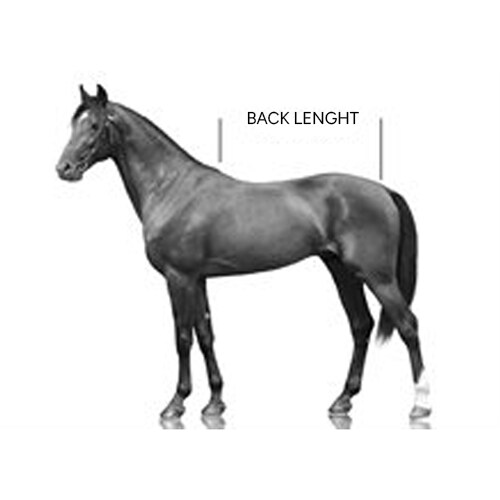Rugs
It is entirely possible to keep horses outside without a rug even in the winter, if they are used to it and as long as they are healthy, can move around and have access to food and shelter if they are in loose housing around the clock. If these criteria are not met, your horse may for example be injured but still need to be in loose housing, you will perhaps need to cover it if the weather gets too bad.
If you keep the horse active enough in training to make it sweat, it may be a good idea to clip it and use a rug. There are different ways of clipping the horse; if you only clip under its neck there is no need to compensate with a rug, but if you on the other hand clip all or large parts of the body, you should apply a rug, inside and out.
Any rug that the horse wears for a longer period of time has to fit in terms of both model and size, and Hööks has a great selection to choose from. It is not comfortable for the horse to wear a rug that is too large or too deeply cut, causing it to slide back over the withers. A clipped horse is often more prone to chafing, so even if the rug fits well, it may lead to chafing on the chest. This can be solved by using a shoulder guard.
Rug quality
Rug quality is measured in deniers (D) and essentially the higher the denier number, the stronger the material. However, you should know that there are also differences in terms of material. Nylon is generally much stronger and more elastic than polyester, which may mean that a nylon rug with a lower denier number is as strong as a polyester rug with a higher denier number. If you keep several horses in the same paddock, you may want to get a rug in a good material with a high denier count, as it will then be able to withstand a bit of horseplay and mischief.
If the horse gets caught or steps on the rug, it may tear even the strongest of rugs. The best way to repair an outdoor rug is to cut off any loose threads, and thereafter glue a piece of fabric to the inside and possibly sew around the tear. You should sew as little as possible in waterproof rugs as the stitches perforate the fabric and may cause leakage.

